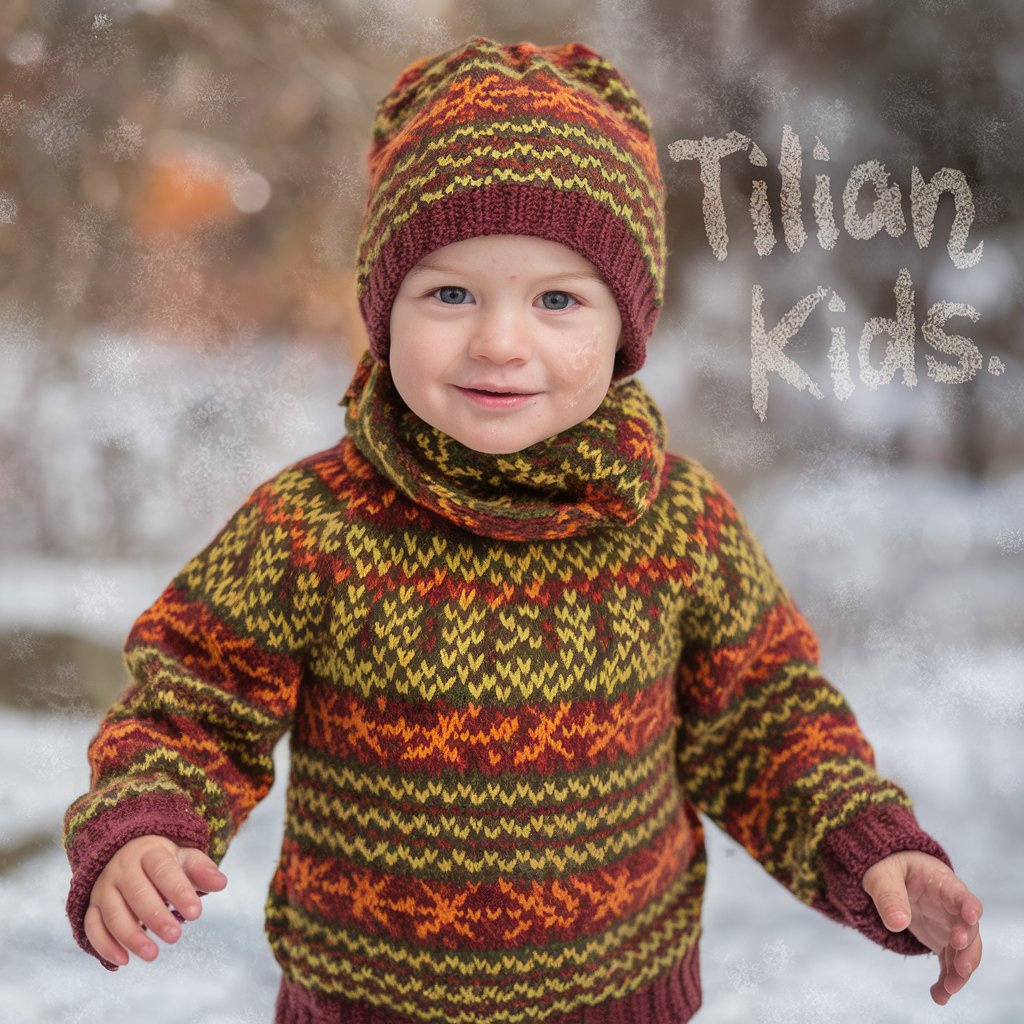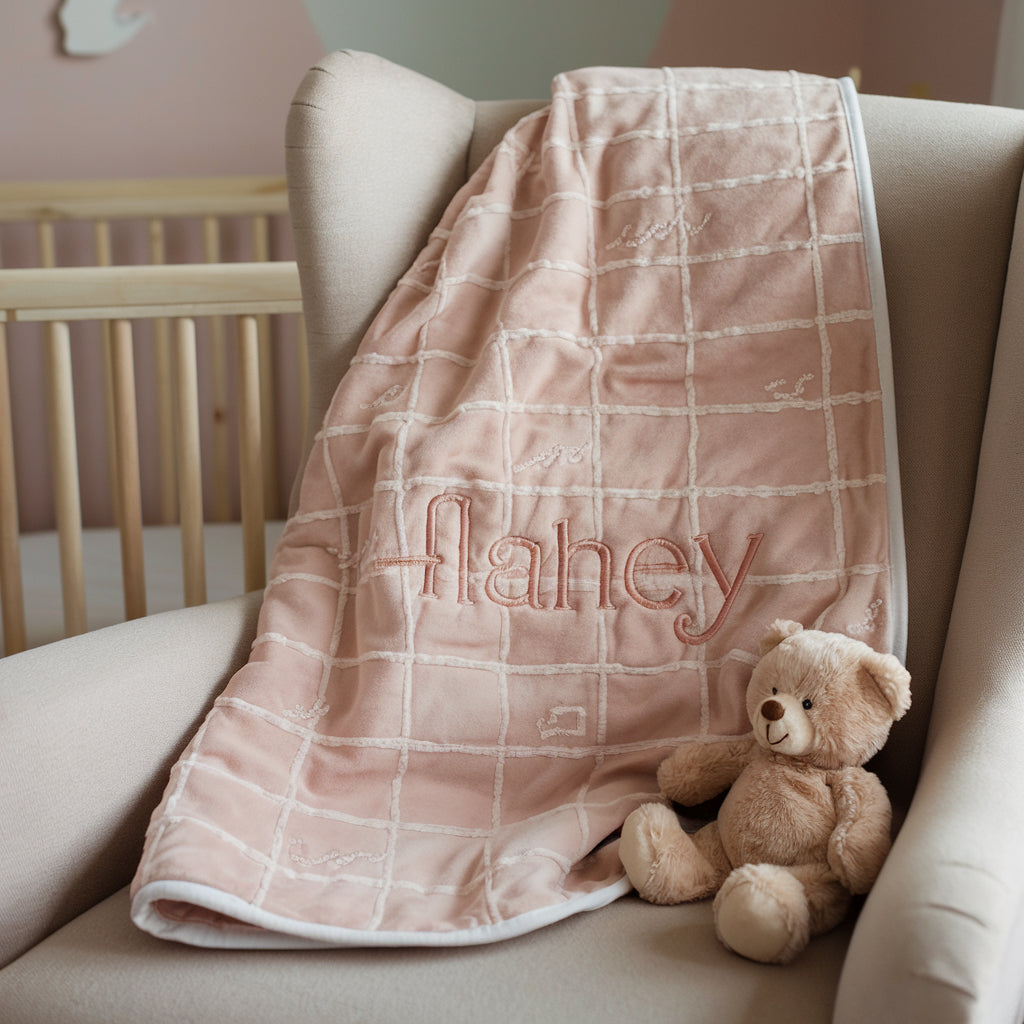
10 Tips for Dressing Your Kids for Every Season
Ensuring your kids are dressed appropriately for each season can be challenging, especially when considering weather changes, comfort, and style. Kids are naturally active and sensitive to their environment, so dressing them properly helps keep them comfortable and happy. From chilly winters to hot summers, every season requires a different approach to children’s clothing. In this guide, we will share ten essential tips for dressing your kids for every season, making sure they stay comfortable, stylish, and ready for any weather!
Dressing Kids for Every Season
Kids' clothing needs to be versatile and adaptable to seasonal changes. Whether it’s bundling up for the cold or staying cool in the heat, making the right clothing choices can prevent discomfort and keep your little ones looking great. Let's dive into the best practices for dressing your kids throughout the year.
Layering is Key
Layering is the golden rule when it comes to dressing kids for any season. It allows for easy adjustments based on changing temperatures, whether you’re transitioning from a cool morning to a warm afternoon or moving from indoors to outdoors.
- Winter: Start with a moisture-wicking base layer, add a warm middle layer like a fleece, and finish with a waterproof outer layer.
- Spring and Fall: Use lighter layers like t-shirts, light sweaters, and a rain jacket.
- Summer: Opt for breathable fabrics like cotton or linen that can be layered lightly if needed.
Layering helps regulate body temperature, providing warmth without overheating and allowing easy removal of clothing if temperatures rise.
Choose the Right Fabrics
The choice of fabric plays a crucial role in how comfortable your kids feel throughout the day. Each season demands different materials to ensure comfort and protection.
- Winter: Go for fabrics like wool, fleece, and down, which provide excellent insulation.
- Summer: Cotton and linen are breathable and wick moisture away, keeping your kids cool.
- Spring and Fall: Look for lightweight cotton blends and soft, flexible knits that can adjust to fluctuating temperatures.
Natural fibers tend to be better for sensitive skin, allowing airflow while providing the right amount of warmth or coolness.
Prioritize Comfort and Fit
Comfort is key when dressing your kids, no matter the season. Ill-fitting clothes can cause discomfort and limit movement, which is especially troublesome for active kids.
- Check Fit Regularly: Kids grow fast, so ensure their clothes fit well and aren’t too tight or loose. Avoid anything that restricts movement, such as stiff jeans or tight tops.
- Adjust Waistbands and Straps: Look for adjustable features like elastic waistbands or suspenders, allowing clothes to grow with your child and provide a better fit.
Comfortable clothing keeps kids focused on play and exploration rather than adjusting their outfits all day.
Focus on Seasonal Footwear
Footwear is an important part of seasonal dressing that often gets overlooked. The right shoes not only complement outfits but also protect your kids' feet from the elements.
- Winter: Insulated, waterproof boots are essential to keep feet warm and dry.
- Spring: Opt for water-resistant shoes or light rain boots for wet conditions.
- Summer: Breathable sandals or sneakers with good ventilation help keep feet cool.
- Fall: Versatile sneakers or ankle boots can handle fluctuating temperatures and light rain.
Shoes should provide good support, grip, and room to grow while matching the weather demands of the season.
Don’t Forget Accessories
Accessories play a vital role in keeping kids comfortable and protected, particularly when weather conditions are extreme.
- Winter: Hats, gloves, and scarves protect against cold winds and frostbite.
- Summer: Hats with brims, sunglasses, and light scarves can shield against sunburn and keep kids cool.
- Spring and Fall: Light beanies, gloves, or scarves can add a bit of warmth on chilly days.
These small additions can make a big difference in how your kids handle weather changes throughout the day.
Waterproof and Windproof Essentials
Weather can be unpredictable, especially during transitional seasons. Having waterproof and windproof clothing helps protect kids from sudden rain or gusty winds.
- Raincoats and Windbreakers: Invest in lightweight, water-resistant jackets that can easily be packed or carried.
- All-Weather Boots: Look for boots that are both waterproof and breathable, suitable for rain and muddy conditions.
These pieces serve as an extra barrier against harsh weather, keeping kids dry and comfortable.
Sun Protection is Crucial
Sun protection isn’t just for summer. UV rays can be harmful year-round, so it’s essential to dress your kids in clothing that offers sun protection.
- Long-Sleeved UPF Clothing: These garments provide additional coverage without making kids too hot, ideal for bright, sunny days.
- Lightweight Hats: Opt for hats with wide brims that offer shade for the face and neck.
- Sunglasses: Look for UV-protective sunglasses that fit well and stay secure during play.
Integrating sun-safe clothing into your child's wardrobe helps prevent sunburn and long-term skin damage.
Seasonal Colors and Patterns
Incorporating seasonal colors and patterns into your kids’ wardrobe not only makes outfits fun but also practical.
- Winter: Darker shades like navy, burgundy, and forest green are not only stylish but also hide dirt and stains.
- Summer: Light colors reflect the sun’s heat, keeping kids cooler. Bright patterns add a playful touch.
- Spring and Fall: Earth tones, pastels, and floral prints fit well with the transitional vibe of these seasons.
Choosing the right colors and patterns can make dressing for the season feel fresh and exciting.
Plan for Easy Transitions
Kids’ schedules often involve moving between indoor and outdoor environments, making it important to dress them in ways that are easy to adapt.
- Layered Clothing: Allows kids to easily remove or add items based on temperature changes.
- Quick-Change Options: Zippers, snaps, and stretchy fabrics enable quick outfit adjustments without hassle.
Dressing for easy transitions helps kids stay comfortable during school days, outdoor play, and family outings.
Stay Updated with Fashion Trends
While practicality is key, incorporating current fashion trends can make dressing fun for both you and your child. Look out for seasonal trends in kids’ clothing, like popular colors, patterns, and styles that align with your child’s preferences.
- Winter: Oversized coats, faux fur accessories, and bold knit patterns.
- Summer: Tropical prints, lightweight rompers, and sporty sets.
- Spring and Fall: Layered looks, denim jackets, and playful prints.
Staying updated on trends allows you to incorporate modern styles while maintaining comfort and functionality.
Conclusion
Dressing your kids appropriately for every season doesn’t have to be a daunting task. By focusing on layering, choosing the right fabrics, prioritizing comfort, and considering seasonal needs, you can ensure your children are ready for any weather. Keeping these ten tips in mind will not only help your kids stay comfortable but also stylish and ready for fun all year long!



